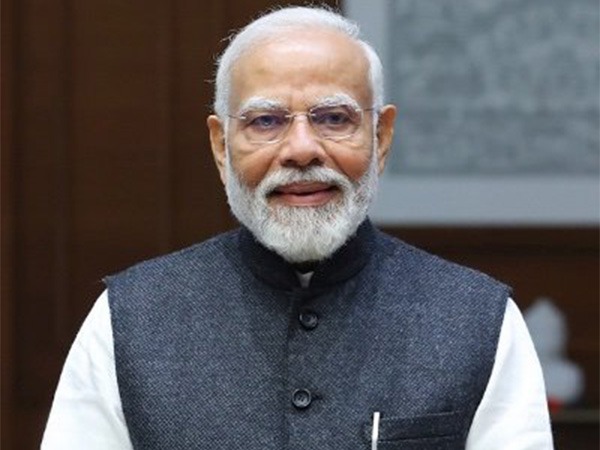Over the years, India has recognized the importance of strengthening its ties with neighbouring regions to secure its place in the global arena. Consistent with this approach, India’s foreign policy has traditionally been guided by a commitment to non-alignment and the cultivation of strategic partnerships. In the last few decades, India’s stance towards East and Southeast Asia has evolved considerably, moving from a more passive, observant role under the “Look East” policy to a dynamic, engaged position under the “Act East” policy.
With a focus on enhancing economic cooperation, promoting regional engagement and fostering cultural exchange with countries in the Indo-Pacific region, the Act East policy envisions a Viksit Bharat that has established herself as a dynamic and integral player in the global landscape.
The Act East policy, while having a national focus, has had profound significance and implications for the Northeast region of India. The Northeast region is situated such that it shares only 2 percent of its borders with the Indian mainland and the remaining 98 percent with various neighbouring countries, like Myanmar, Bangladesh, China, and Bhutan (Chiru, 2017). While it has long been recognized as a region of geo-political significance, the Act East Policy introduced in 2015 has established the region as a centre of geo-economic and cultural significance as well, in the process, bringing much development to the region.
One of the key emphases of the Act East policy has been geared towards enhancing the region’s connectivity with its neighbouring countries. Initiatives to create an integrated economic corridor linking India’s Northeast with East Asia has been achieved through huge infrastructural projects such as the India-Myanmar-Thailand Trilateral Highway, the Kaladan Multi-Modal Transit Transport Project, and the Bangladesh-Bhutan-India-Nepal (BBIN) Initiative. To put things into perspective, the government has invested around Rs. 550 Crore under the Inland Water Transport (IWT) component of the Kaladan Multimodal Transit Transport Project (KMTTP) alone that aims at facilitating efficient cargo transportation for trade between India and Myanmar.
Another significant impetus of the Act East Policy has been its role in unlocking and harnessing the Northeast region’s vast economic potential, particularly through its abundant natural resources, renewable energy potential, and rich biodiversity. These assets not only present significant opportunities for growth but also open doors to investment in key sectors such as energy, agriculture, tourism, and manufacturing. One notable example of this momentum is Advantage Assam 2.0, held in February 2025. This landmark infrastructure and investment summit brought together leading global investors, with the aim of positioning Assam and the Northeast as a whole as a major global investment hub. The event underscored the region’s increasing relevance on the world stage, highlighting its strategic importance as a center of sustainable development and economic progress.
A third, equally crucial aspect of the Act East Policy is its strong commitment to strengthening social and cultural ties with neighbouring countries. The Northeast region of India has long-standing historical and cultural connections with Southeast Asia, particularly with nations like Myanmar, Thailand, Laos, and Vietnam. These ties, which date back centuries, are rooted in shared traditions, religions, and customs. For example, the Mishing people of Assam and the Chakmas are known to have deep cultural affinities with Myanmar.
Through the Act East Policy, the Indian government has prioritized initiatives such as cultural festivals and academic exchanges, which serve a dual purpose: not only showcasing the rich cultural heritage of Northeast India but also advancing cultural diplomacy (Farooqi & Teckchandani, 2024).
The big question remains: what are the implications of the Act East Policy for the people of Northeast India? For them, this policy has brought tangible benefits, such as greater employment opportunities and avenues for income generation right at their doorstep. It has also fostered infrastructural development and drives regional economic growth. Gone are the days when the promise of a prosperous future was reserved for a select few who had to leave the Northeast in search of opportunities to prove their potential. Furthermore, it has allowed the people of the region to showcase their rich traditions, art, and heritage to the world, while also fostering deeper ties with neighbouring Southeast Asian cultures.
It is worth emphasizing that the government’s Act East Policy has put the Northeast borderland right at the heart of a broader vision- one that seeks to deepen ties with the fast-growing economies of East Asia while revitalizing the Northeast’s role as a bridge between India and its dynamic neighbours. With the central government’s aim to involve the region in key policy decisions, the Northeast is no longer just a periphery; it is an essential pulse in India’s global ambitions, where the future of trade, culture, and cooperation converge.
(S. Grace Tinnunnem Haokip is a dedicated scholar of psychology specializing in parenting, child development, and cross-cultural studies)




















